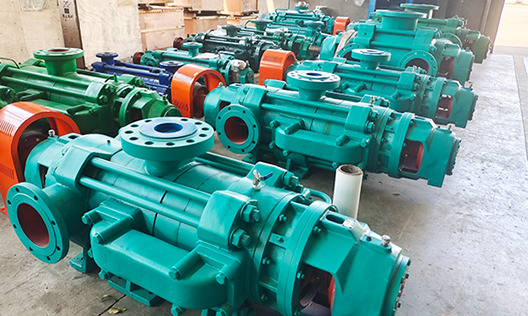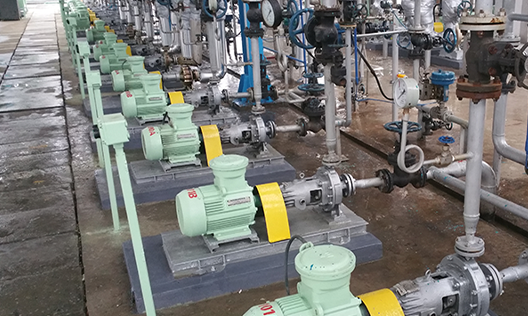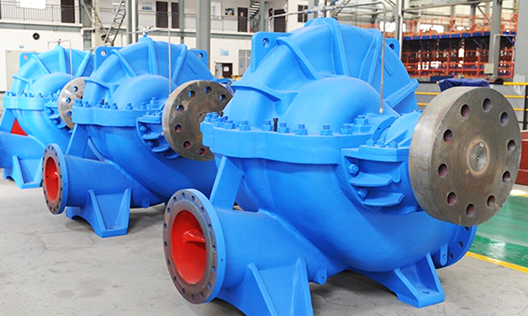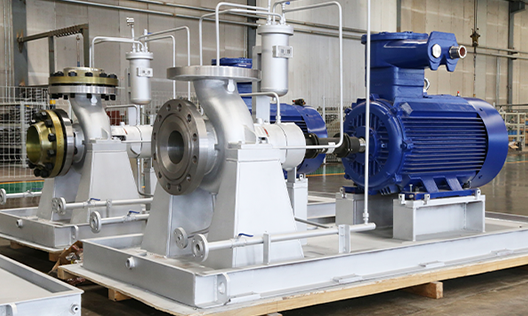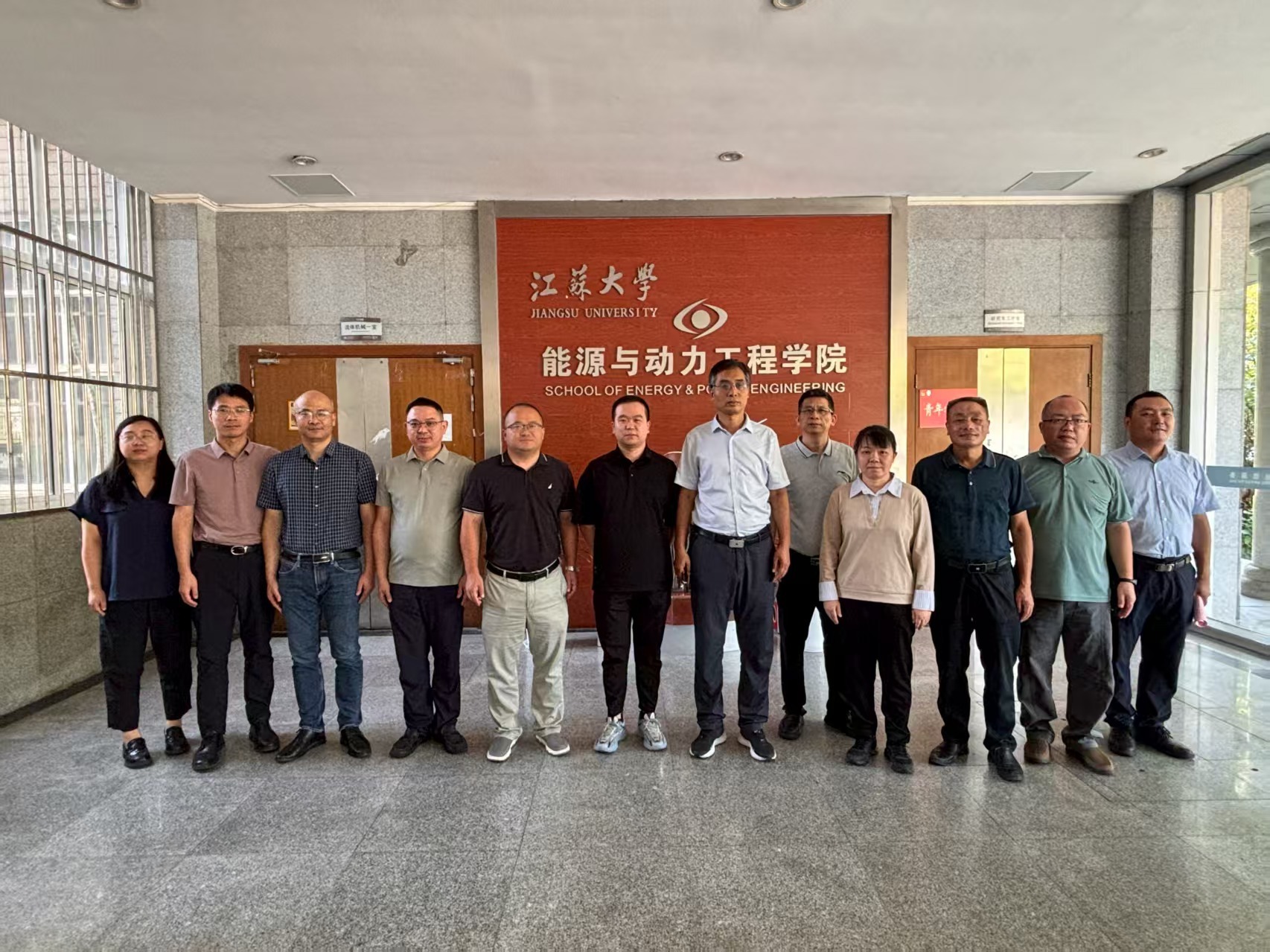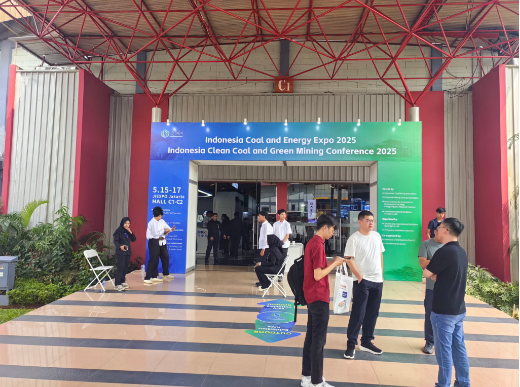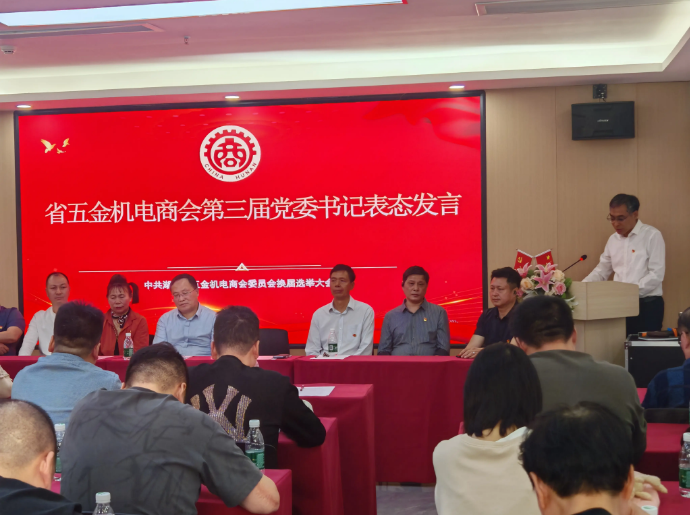As an essential fluid-handling device, the operational efficiency and stability of a horizontal multistage pump largely depend on the concentricity between the pump shaft and the motor shaft. By precisely adjusting this concentricity, we can ensure the pump operates efficiently, reduce energy consumption, and extend its service life. In this article, the manufacturer of multistage pumps Changsha Zhonglian Pump Industry We will provide a detailed introduction to the method and specific steps for adjusting the concentricity of horizontal multistage pumps, hoping it will be helpful to our users.
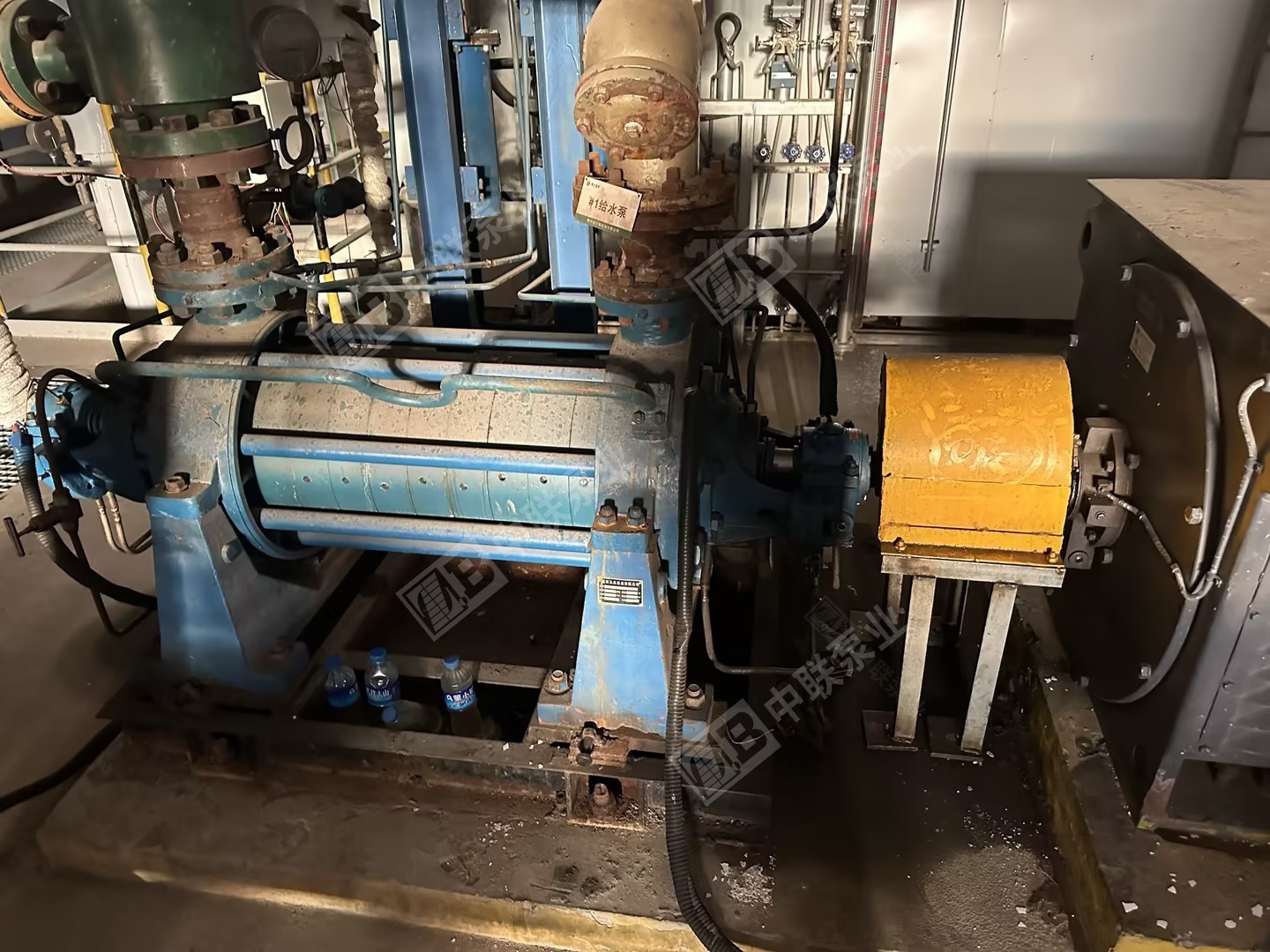
I. Comprehensive Inspection Before Adjustment
Before starting the adjustment, it is first necessary to conduct a comprehensive inspection of the pump to ensure that all components meet operational requirements:
1. Inspect the rotor for wear:
Carefully inspect the rotor for any obvious wear or damage. Any abnormalities should be addressed promptly.
2. Check the bearing condition:
Confirm Bearing Is the condition good, with no excessive wear or damage? A well-maintained bearing is essential for ensuring stable rotor operation.
3. Check the integrity of the sealing ring:
Check whether the sealing ring is intact, free from wear, or other issues. The condition of the sealing ring directly affects the rotor's motion trajectory.
II. Perform measurements using precision measuring tools
Use precision measuring tools such as dial indicators and micrometers to measure the pump's critical components, ensuring accurate concentricity data. These measurements are essential for subsequent adjustments.
III. Specific Steps for Adjusting Concentricity
Here are the specific steps for adjusting the concentricity of a horizontal multistage pump:
1. Adjusting bearing clearance:
Ensuring the bearing clearance is appropriate directly affects the rotor's operational stability and concentricity. Proper clearance can reduce friction and enhance running efficiency.
2. Adjust the rotor position:
By fine-tuning the relative position between the rotor and stator to achieve optimal concentricity, this process demands patience and meticulous handling.
3. Replace or adjust the bearing:
If severe bearing wear is detected, it should be replaced promptly. At the same time, ensure stable rotor operation by adjusting the bearing's preload.
4. Adjust or replace the sealing ring:
Wear on the sealing ring can affect the rotor's motion trajectory, so it needs to be adjusted or replaced. Maintaining the sealing ring in good condition helps enhance the pump's overall performance.
4. Dynamic Calibration and Operational Testing
After completing the above adjustments, dynamic calibration is required—this means starting the pump and observing its operational status. By measuring parameters such as vibration, noise, and temperature, determine whether the concentricity has reached its optimal condition.
1. Vibration Measurement:
Use a vibration sensor to monitor the pump's vibration condition. Excessive vibration usually indicates an alignment issue.
2. Noise Measurement:
Record the noise level during pump operation. Abnormal noise may be an early indicator of mechanical failure.
3. Temperature Monitoring:
Monitor the pump's operating temperature—excessively high temperatures may indicate friction or other issues.
V. Important Notes
When adjusting concentricity, please note the following points:
1. Ensure safety:
During the adjustment process, be sure to ensure the safety of operators and prevent accidental injuries. Follow all safety operating procedures.
2. Patience and Carefulness:
The adjustment process requires patience and meticulousness, as even minor deviations can affect the pump's performance. Careful handling can significantly enhance the effectiveness of the adjustments.
3. Professional operation:
Unfamiliar personnel should not adjust anything arbitrarily; instead, they should request professional technicians to perform the task. Professional knowledge and experience can ensure the accuracy and safety of the adjustments.
Adjusting the concentricity of a horizontal multistage pump is a complex yet crucial process. By employing professional methods and tools, combined with meticulous operation, you can ensure the pump runs efficiently and remains stable—this not only helps conserve energy but also extends the pump's service life. Mastering this knowledge will not only assist you in maintaining your existing equipment but also provide valuable guidance when selecting and installing new systems.
If you have any questions about horizontal multistage pumps or need further assistance, please don’t hesitate to contact us: 15616442288 (WeChat: same number), we look forward to providing you with professional multistage pump technology support and customized product services, among others.
Recommended Information


